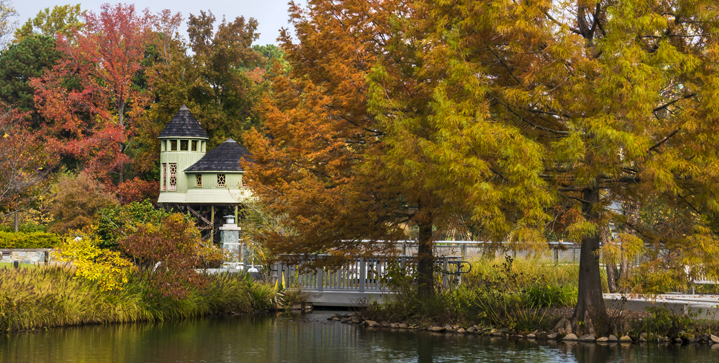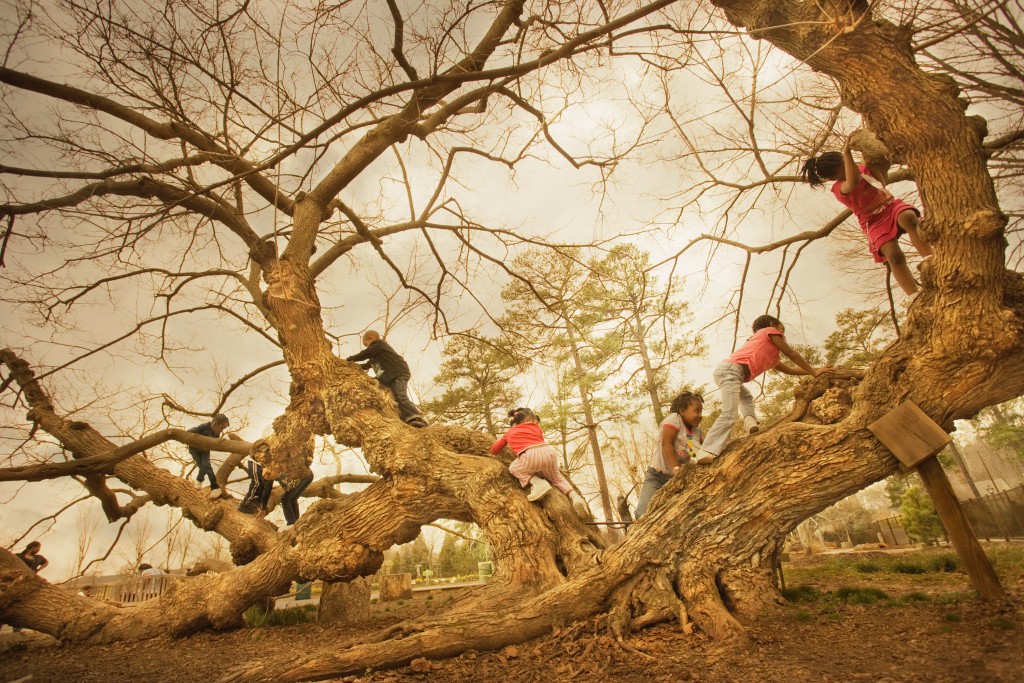10 Surprising Tree Facts
Trees. They provide shade on a summer’s day. Brilliant bursts of color in fall. The stark beauty of naked bark against an overcast winter sky. And the hope of rebirth as green leaf shoots sprout from seemingly out of nowhere in spring. We sometimes take trees for granted, but we shouldn’t. They are vital to our society for so many reasons and are really magnificent creatures if you stop to think about it. Here are 10 surprising tree facts.
- Just like other living things, trees have organs that perform vital life functions. We call those organs roots, stems, and leaves. But did you know that trees get about 90 percent of their nutrition from the atmosphere and only about 10 percent from the soil? Amazing!
- The parts of a tree that are alive are the leaves, root tips, and the vascular system — the conductive tissue called phloem and xylem (a thin layer under the bark that delivers sugars and nutrients.) The tissue that we call “wood” is actually dead cells that are simply support structure.
- Water and nutrients are absorbed by the root system and carried through the conductive/connective tissue to the leaves. Leaves, in turn, send sugars down through the conductive/connective tissue to the roots.
- Trees store food (in the form of carbohydrates) in their woody root systems. Woody roots grow in an oblong pattern that aids in the stability of the tree. They also produce a hormone that influences above-ground growth.
- The leaves are the pump handle. As water is evaporated through the stomata (pores) on the underside of the leaf, a deficit gradient (less water in the leaf area than the downhill side) is set up between the leaf and adjacent tissue. This deficit gradient pulls water from the roots to the leaf area. Liken it to a slinky going up the steps. Once the leaf has a certain amount of sugars produced it sends the sugars (photosynthates) to other parts of the plant through the phloem tissue with the roots receiving the majority of the material.
- Other roots, called absorbing roots, are made up of non-woody tissue. Their job is to soak up water and minerals from the soil. They also form symbiotic relationships with beneficial fungi and bacteria in the soil. The tree receives nutrients and hormones from the microbes and the microbes receive sugars from the tree.
- The limbs of a tree are not perfectly round. They have a compression side (the upper side) and a tension side (lower side) which allows them to support their own weight plus the weight of the leaves, fruit or nuts suspended in mid-air.
- Trees don’t “heal” when they are damaged by regenerating cells like other living organisms do. Instead, a wounded tree protects itself by building a wall around the damaged area, which slows or prevent the spread of disease and decay. The stems have specialized tissue that enable them to translocate stored energy to an area that is in need of compartmentalization. This compartmentalization seals areas that have been wounded or attacked by a disease or insect. This ability is one reason why woody plants are able to live as long as they do. Plants do not have the luxury of movement so they must adapt in place or they will die.
- A notch in a tree will remain the same distance/height from the ground as the tree grows.
- Trees are the largest plants on Earth and are vital to our ecosystem. They provide oxygen, store carbon, stabilize soil and support life.
Even with all these interesting science-y facts, you still can’t explain the mystical beauty of a tree.
Special thanks to Virginia Cooperative Extension Forestry Associate and Virginia State University Extension Specialist Joel Koci for help with these tree facts.

